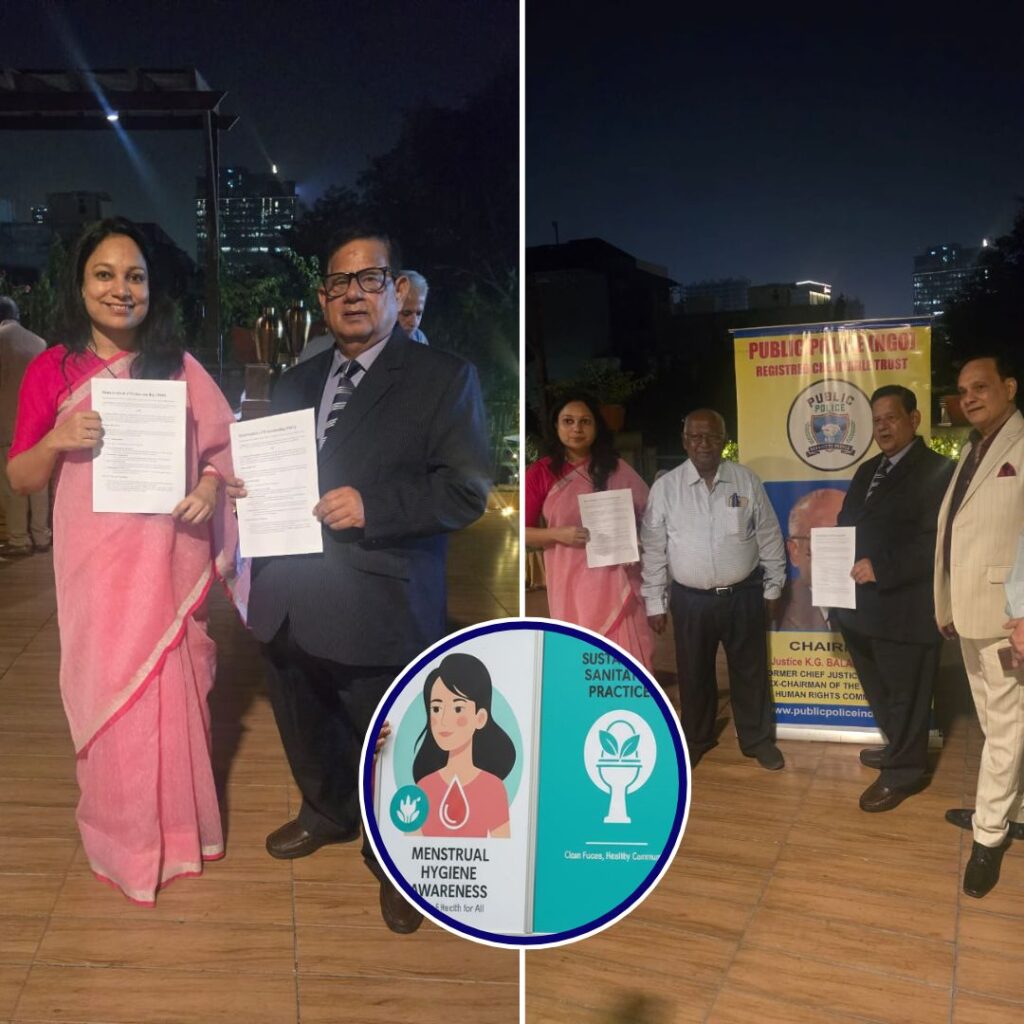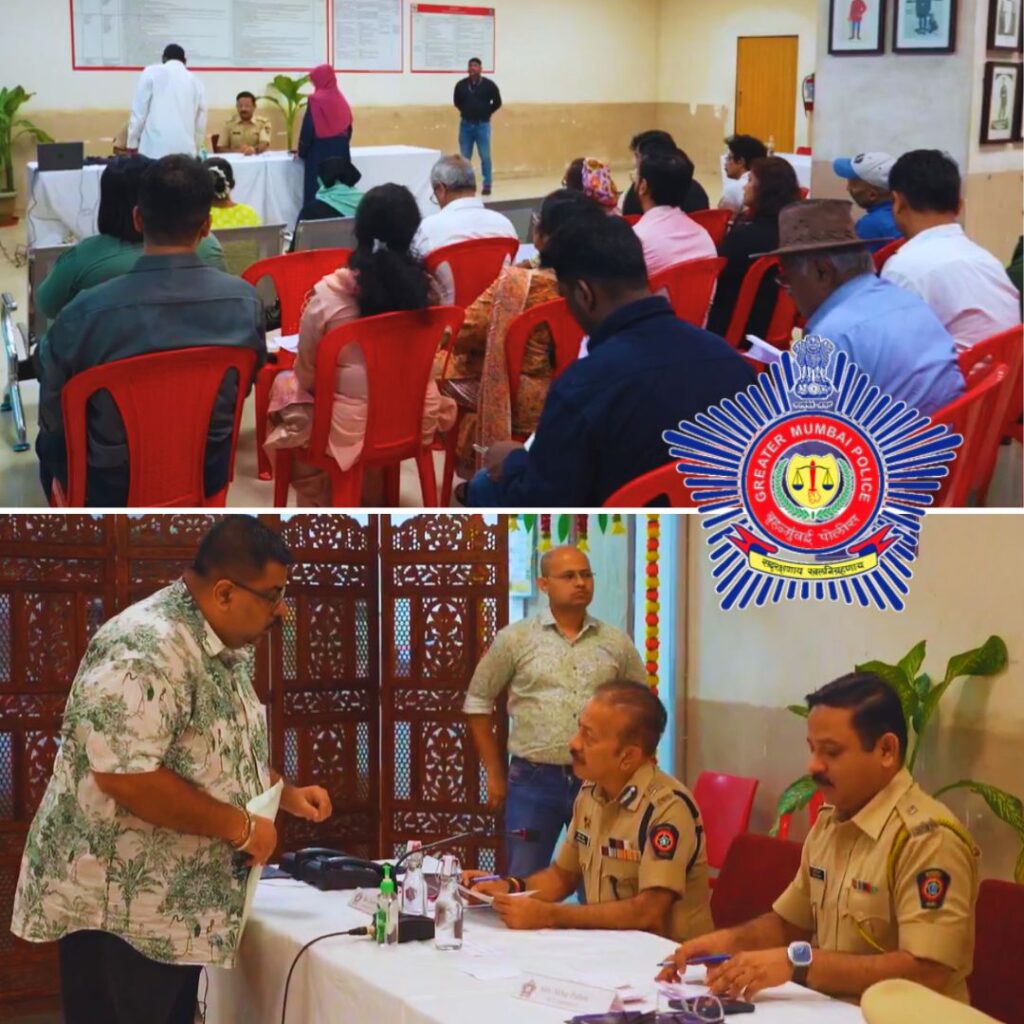The high-value â¹2,000 currency notes introduced post-demonetisation in 2016 will soon go out of circulation but will continue to be a legal tender.
To completely stop the circulation of â¹2,000 notes, several banks have reportedly started recalibration of ATMs with â¹500 notes. The state-run Indian Bank will reportedly stop filling the high-value denomination notes from March 1 at its ATMs.
Though efforts are underway to recalibrate about 240,000 ATMs across India to replace â¹2,000 notes with â¹500 notes. The high-value notes may not be withdrawn immediately and will remain legal tender, for now, the Business Standard reported.
According to the report, out of the four cassettes in ATMs, the â¹2,000 notes ones have already been replaced and will be removed within a year. Three cassettes will now be re-filled with â¹500 notes, and the fourth will either hold notes of â¹100 or â¹200 denominations.
It takes about 30 minutes to fix an ATM machine, but the overall speed of recalibration will depend on the number of engineers deployed and their pace of work; the report added.
Meanwhile, the â¹2,000 notes which are currently with banks will return to the Reserve Bank of India’s (RBI’s) vaults.
According to the RBI data, the share of â¹2,000 notes as a percentage of the total value of banknotes in circulation stood at 50.2 per cent in FY17, but â¹500 notes have replaced that significant share in FY19 at 51 per cent of the total circulation.
The Historic Demonetisation
Prime Minister Narendra Modi, in a dramatic move, demonetised banknotes of â¹1,000 and â¹500 in 2016 and introduced fresh banknotes with denominations of â¹2,000 and â¹500 which he claimed had the ability to tackle black money and corruption.
However, in 2017-18 about 56 per cent fake currency in the new â¹2000 notes was seized in India, as per the recent National Crime Records Bureau (NCRB) data.
The NCRB data also highlighted how the fake â¹2,000 notes had a presence across 27 states and Union Territories.
The fresh banknotes also claimed to have additional security features which would make them impossible to be copied by counterfeiters, hence curbing the problem of fake currency. However, the government data showed that violating the security barriers in new notes was not a difficult task.
On October 14, 2018, the New Indian Express reported that RBI has not printed a single â¹2,000 note in this financial year.
In response to the RTI, RBI printed 354.2 crore â¹2,000 banknotes in 2016-17, which was reduced to 11.1 crore notes in 2017-18. However, the RBI printed 4.6 crore such notes in 2018-19.
Also Read: Rs 2,000 Notes Constitute 56% Of Seized Fake Currency, Maximum In Gujarat: Govt Data












